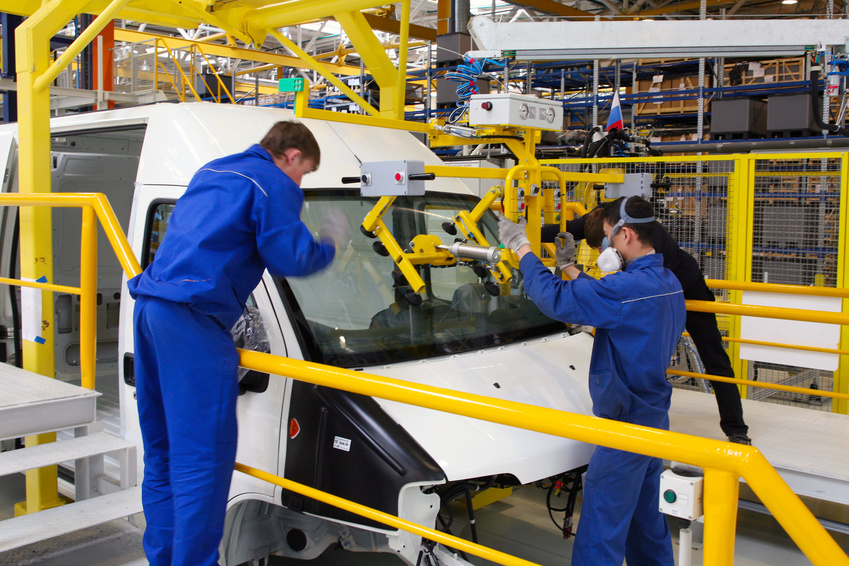MOSCOW – Russias passenger car and light commercial vehicle parc could increase from 45 million units in 2015 to around 50 million in 2020, riding a projected economic rebound in 2018 that is expected to boost new car sales and motor oil consumption, a consultancy found.
However, new car sales are expected to decline in 2016, with 1.3 million passenger cars and light commercial vehicles sold, or around 100,000 fewer units than last year, and 1.1 million fewer units than in 2014, according to Russian Automotive Market Research, a Moscow-based consultancy. New car sales will also stagnate in 2017, with a modest increase in 2018 and after, the consultancy predicts.
[The study] confirms the stagnation in motor oil consumption in 2016 and in the year ahead, with a gradual increase of motor oil consumption from 2018 onwards, Tatyana Arbadzhi, head of RAMR, told RPIs Lubricants Russia conference held here.
As the economy rebounds, Russias production of passenger cars and light commercial vehicles could also increase. We are expecting Russian car plants to [manufacture] around 1.2 million vehicles in 2016 and around 1.1 million in 2017. The production of these categories of vehicles could rise to 1.8 million units in 2020, Arbadzhi said.
In price categories, 67 percent of all new passenger car sales in 2016 are expected to be in the mass segment price category, 23 percent in the budget price category, while 10 percent are in the premium price category, the consultancy found.
Russias Lada and South Koreas Kia and Hyundai are the three most popular passenger car brands in Russia, according to RAMR. Lada sold 178,400 new passenger cars from January through September 2016. In the same period, Kia sold 108,000 passenger cars in Russia, while Hyundai sold 88,000 units. In the light commercial vehicle category, the three most popular brands are Russian – Gaz, Uaz and Lada. From January to September 2016, Gaz sold almost 28,000 new light commercial vehicles, Uaz sold 15,600 units and Lada sold 4,100 units.
In 2015 the Russian passenger car parc counted 41 million active vehicles, with foreign-made brands accounting for 60 percent and Russian brands comprising the other 40 percent. Of that 41 million, 97.4 percent ran with gasoline-powered engines, and just 2.5 percent had diesel engines, RAMR found. Just .05 percent of the total passenger car parc in Russia was electric or hybrid vehicles.
Last year, of around 4 million active units in the light commercial vehicle category, 65 percent were brands made in Russia, while foreign-made brands accounted for 35 percent, according to RAMR. In the same year, 74 percent of light commercial vehicles ran on gasoline engines, 25 percent used diesel engines, and 0.4 percent ran on liquid petroleum gas.
During the ongoing economic recession, most of the Russian population will try to keep their old cars running and shy away from investing in new models, at least until 2018, RAMR predicts. The new regulations for fuel economy and environmental protection will introduce the Euro 5 standard in Russia in the coming years, Arbadzhi said. It will also bring longer oil drain intervals, as well as vehicle noise reduction and usage of alternative types of fuels, such as [liquid propane gas], and alternative engine technologies, such as hybrid and electric, she concluded.

Photo: salman2 / Fotolia